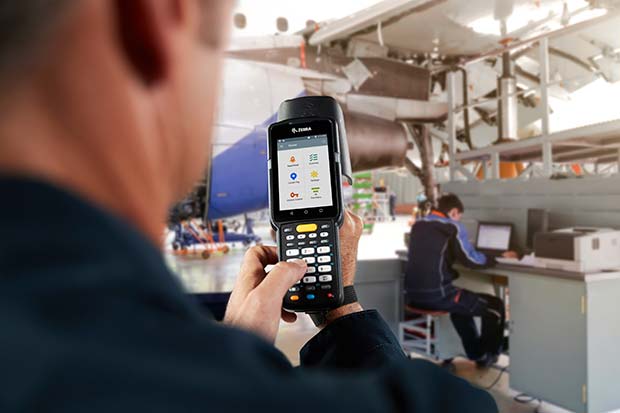Many people recognize the enormous potential of RFID to improve business efficiency. You frequently read news articles about innovative uses of RFID. But implementing RFID can be a complicated and technical process and that puts off some from implementing it. With proper consultation, deploying RFID is practical and achievable.
 At Tec-RFID, we specialize in helping companies implement RFID projects that really make a difference to their business. Every RFID implementation is different and requires thorough planning and testing before implementation begins.
At Tec-RFID, we specialize in helping companies implement RFID projects that really make a difference to their business. Every RFID implementation is different and requires thorough planning and testing before implementation begins.
There are five steps to implement RFID:
1. Planning
This stage involves reviewing the current processes in the company that can be replaced by RFID. Your company and an integration partner will determine whether RFID is practical in that environment and whether it will bring positive ROI. This stage allows an opportunity to gather the necessary data to properly plan a proof of concept trial.
2. Scoping
The scoping stage is where you determine what you want to achieve with RFID. Is it saving time on stocktaking? Improving inventory accuracy? Perhaps getting real time location information? This stage allows you to set the goals of a project early on to prevent scope creep, where a project continually takes on more requirements. You also determine what new software or modifications will be needed.
3. Testing
When it comes to RFID, it is essential to test the readers and tags in the environment where they will be working. There are many factors that can affect performance, such as materials, the proximity of tags to each other and radio signal interference in the environment.
The first step is to do an RF survey of the site to determine potential sources of interference. The second step is to test different readers, tags and antennas to determine what combination will offer optimal read rate. The placement of tags is also crucial in achieving a near 100% read rate.
At Tec-RFID, we partner with Zebra Technologies to offer a Signature RFID Design service. This involves thorough planning before a 2-day onsite visit. Zebra’s highly experienced RFID engineers will conduct an RF survey and then test the biggest range of RFID hardware available on the market to determine what combination will work best in the workplace. At the end, you will be presented with a complete plan of what readers, antennas, printers and tags to buy and the processes you need to follow.
4. Implementation
Now comes the time to put this planning to work and start harnessing the power of RFID. You buy hardware and begin implementing the new processes in partnership with an integration partner. The software will also need to be in place. It is best to start with a small pilot program, to train a small number of staff and identify potential problems, before rolling the program out across the business. If the pilot program is successful, it is time to train staff and roll out the hardware across the business.
5. Evaluation
It is critical to evaluate and improve your RFID project after implementation. In conjunction with a partner, you can find the weaknesses in the system and find ways to improve your processes. It is recommended to gather and analyse data to determine the ROI of the project.
RFID is a powerful technology but it requires meticulous planning, testing and evaluating to implement it properly. At Tec-RFID, our team of experts are knowledgeable about the entire RFID process. Contact our team today to book a free onsite planning meeting and begin transforming your business with RFID.
TEC-RFID
t: 0844 870 7873




Comments are closed.